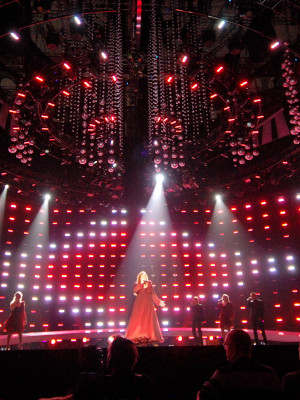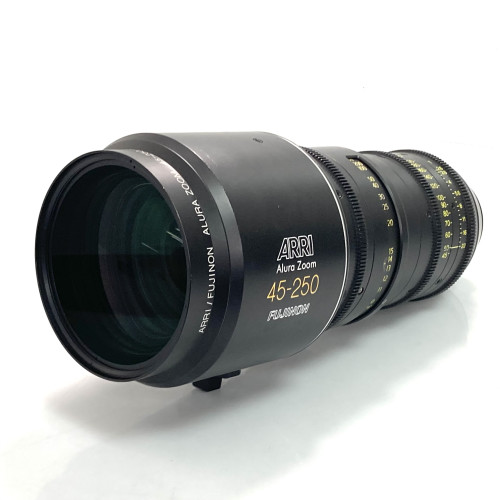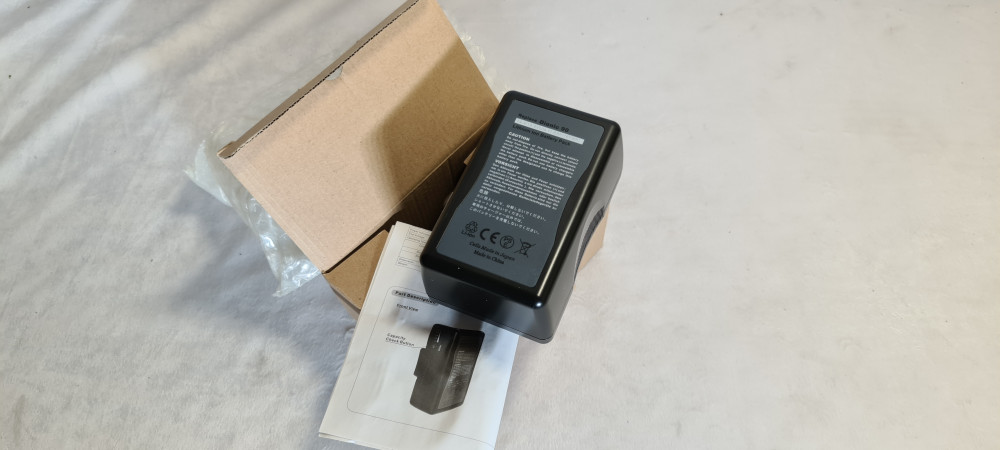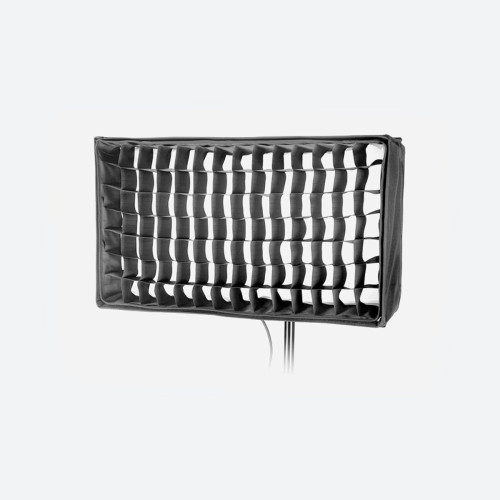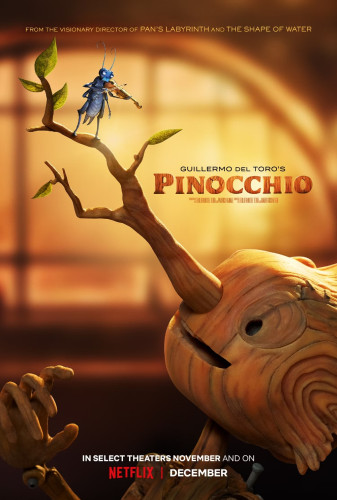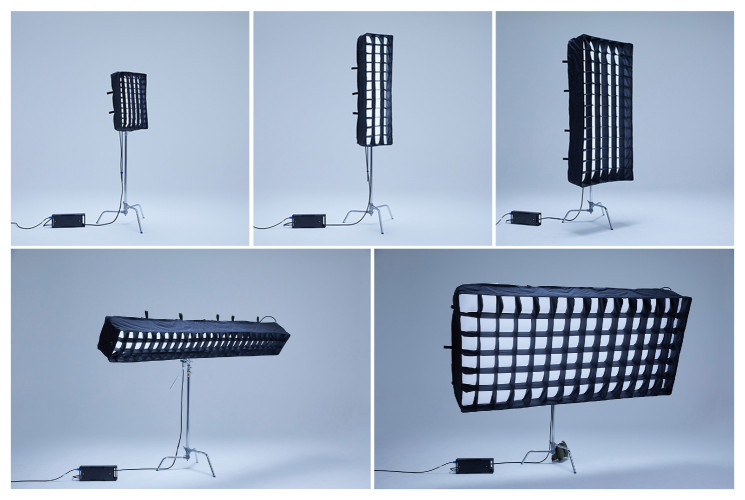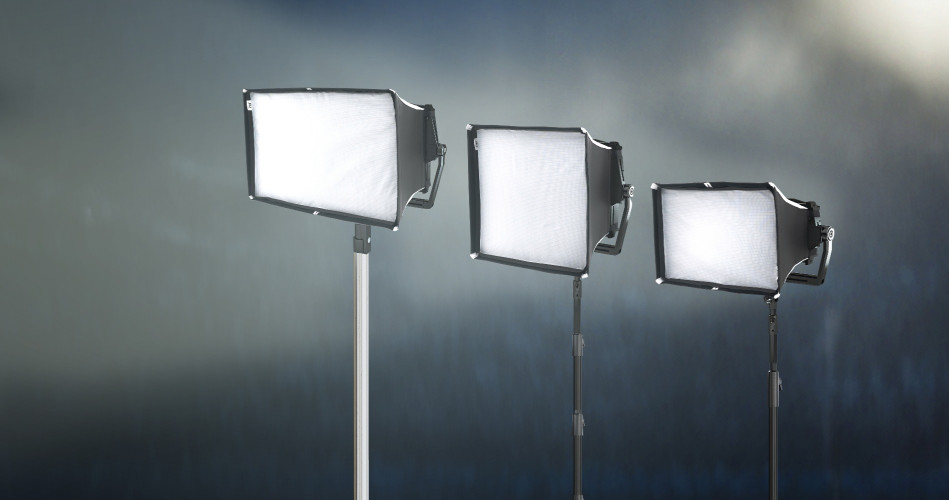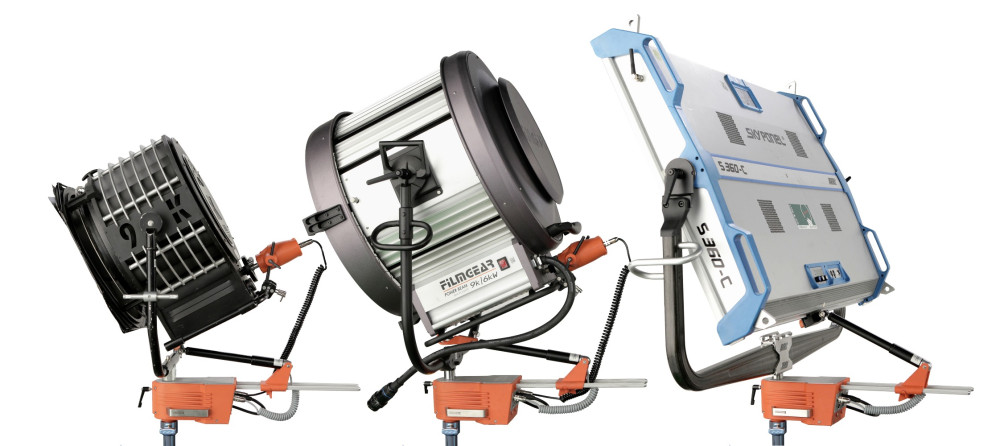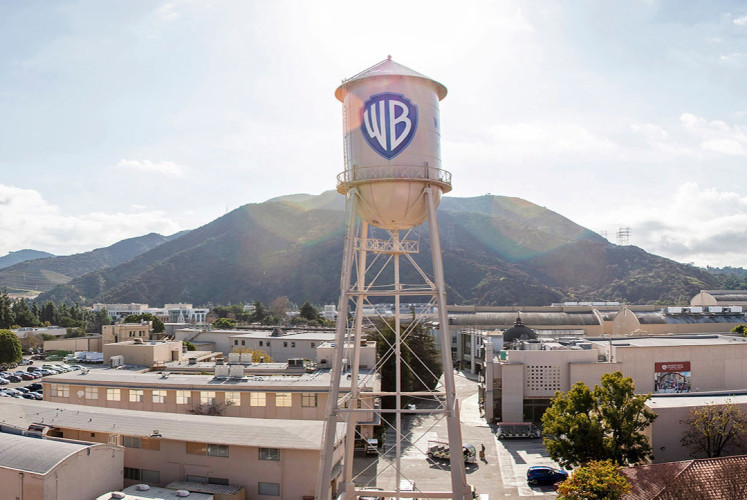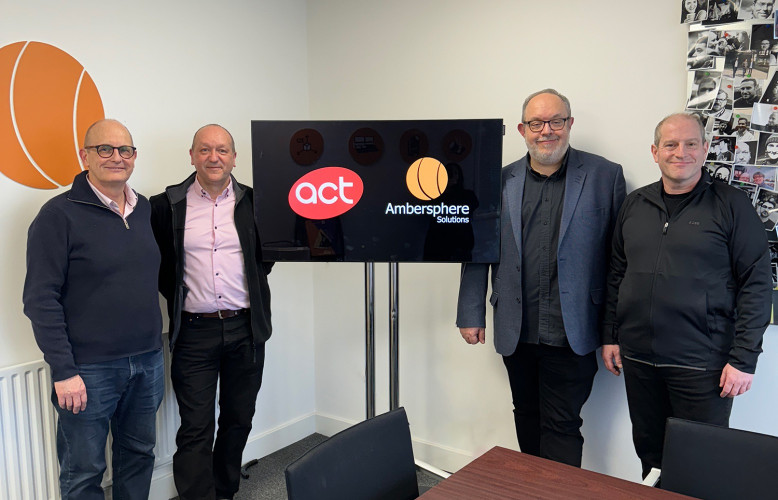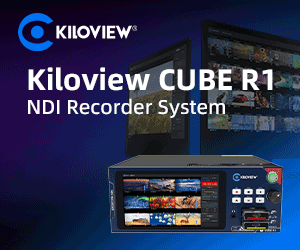Back in April 2019, the National Association of Broadcasters hosted the annual NAB show in Las Vegas where over 90,000 people from more than 160 countries came to see the latest broadcast technology from around the world. Honouring the highlights of the show were NAB’s 2019 Product of the Year awards, where the newly launched Chroma-Q Space Force onebytwo – a bright, tuneable white LED softlight with a high CRI, TLCI and TM-30 - picked up one of these prestigious awards in the lighting category.
Today, we think nothing of an LED product leading the field in our lighting ‘toolbox’, providing the flexibility we demand whilst delivering a quality of light which rivals traditional sources. This hasn’t happened overnight, and the journey has taken a few leaps.
The LED revolution in lighting all started back in 1993, when the first viable blue LED was demonstrated in the Japanese laboratory of the Nichia Corporation. Although it may have worked in a laboratory, it was not until the turn of the millennium that the process was able to be commercialised. Suddenly the basic technology to create the first generation of colour mixing LED fixtures was available to manufacturers, and the race to harness the benefits of the technology really began.
The very first generation of LED fixtures were fairly basic, generally made up of lots of 5mm LEDs with little output and little consistency. Within a few years, the technology had moved ahead at a breakneck speed, and the second generation started to enter the market featuring 1W “high power” LEDs. Arguably one of the leaders of this generation was the Chroma-Q Color Block, the North American marque’s very first LED product. Featuring a set of 4 cells with a Red, Green and Blue LED, each one featured a separate optic to begin to actually project some light. Although still limited in output by today’s standards, the Color Block became a huge hit being used as “eye candy” and set dressing on a whole range of productions, including the 2010 Eurovision Song Contest televised in countries all over the world.
In the same year that 1,900 Color Block fixtures were being used on Eurovision, the results of six years of development were unveiled in the form of the Chroma-Q Color Force fixture. The Color Force was incredibly innovative, and moved the LED genre from an effect light to a luminaire. It was able to light an 8 meter high backdrop in a consistent colour across multiple fixtures, and featured a new LED engine that added Amber to the RGB to provide a much fuller spectrum.
Not only were the power, quality and consistency of the light much improved, but dimming was smooth and suddenly Theatre, Concert & Event, as well as Broadcast, could benefit from LED.
In parallel with the advances in coloured LEDs, the technology to enable a white LED was being developed. Most white LEDs are essentially a blue LED with a phosphor coating, with the frequency of the LED combined with the type of phosphor dictating the colour and quality of the output. Although these were useful, they didn’t really offer much flexibility, so in 2012 Chroma-Q launched the Studio Force Phosphor – an incredibly innovative LED softlight that separated the phosphor from the LED. This gave a completely tuneable source with control of Intensity & Colour Temperature, as well as Hue (or Green/Magenta shift depending on your background).
By 2016, the technology existed to create the original Chroma-Q Space Force model, a 330W LED replacement to the mainstay of the Sound Stage – the 6kW Space Light. Not only did it provide the output & characteristics of the original for just over 5% of the power, but it provided a quality of light that looked fantastic on film, had no fans, and gave the ability to tune the Colour Temperature.
And that leads us to today, where really we have a viable LED alternative to any traditional source, yet we can make huge gains in terms of flexibility and infrastructure.
Quasar Science lead the way in LED replacements for the fluorescent tube, providing a range that includes fixed CT, Tuneable White and Colour Mixing options. In each case, they provide the right quality of light, yet require no ballast, are passively cooled, and can create a stunning aesthetic look as well as a fantastic quality of light.
In the Light Entertainment realm, moving lights powered by LED engines deliver significant energy savings, and a much flatter field, compared to HID. Fixtures like the LUMA1500 from Italian brand PROLIGHTS offer a quality of light that makes them able to be used a keylights – adding yet another layer of flexibility to manage the increasing time pressures of modern broadcast production.
Also from the Chroma-Q stable is probably one of the most flexible lighting tools available for broadcast– the Studio Force II. Featuring incredible dimming, tuneable colour temperature, full colour mixing, and control of each pixel separately, it can be used to light people or set, provide effects, and is available from a single 12 inch / 335mm version all the way to combing multiple batten-length fixture versions to create the “Brute Force” – a powerful LED replacement for a “quarter wendy”.
So, the Space Force onebytwo didn’t become a winner in the NAB awards overnight. There has been quite a journey from the Red, Green and Blue dots of the early 2000s to be able to deliver the quality of light and flexibility that it provides.





